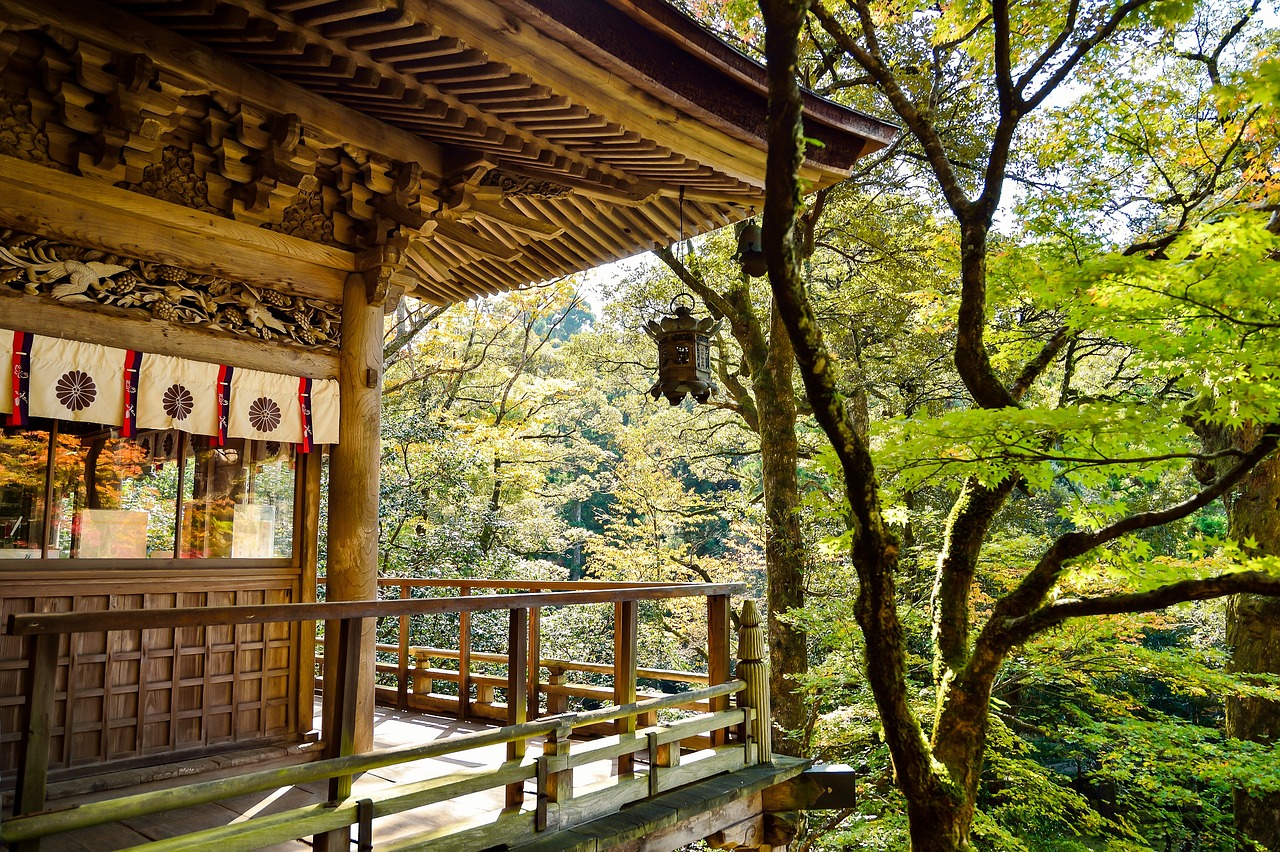Traditional and Modern
Japan is renowned worldwide for its diverse and unique architecture, which encompasses both traditional and modern elements. Houses in Japan are a fascinating reflection of the country’s rich cultural history as well as its advanced technological developments. This article provides a detailed insight into the differences and similarities between traditional and modern Japanese houses and highlights how these styles shape Japanese identity and lifestyle.
Architecture and Materials
Traditional Japanese houses are mostly built from natural materials such as wood, bamboo, and paper. These materials are not only environmentally friendly but also ideal for the Japanese climate, as they keep cool in summer and warm in winter.
Interior Design and Layout
A central feature of traditional Japanese houses is the open floor plan with minimal partitions. Tatami mats made of rice straw cover the floors, creating a cozy atmosphere. Sliding doors, called Shoji, made of wood and paper, separate the rooms and can be opened or closed as needed to expand or reduce the space.
Aesthetics and Philosophy
The aesthetics of traditional Japanese houses are strongly influenced by the philosophy of Wabi-Sabi, which emphasizes the beauty of imperfection and transience. The focus is on simplicity, naturalness, and functionality. Gardens and courtyards, often featuring stone paths, ponds, and bonsai trees, are an integral part of the design, creating a harmonious connection between the interior and exterior.
Modern Japanese Houses: Innovation and Efficiency
In contrast, modern Japanese houses reflect the latest technological developments and design trends. These houses are characterized by innovative construction methods, sustainability, and efficiency.
Architecture of Modern Houses and Materials
Modern Japanese houses use a variety of materials, including steel, glass, and concrete, alongside traditional materials like wood. This combination allows for flexible designs and resilient structures that can withstand Japan’s frequent earthquakes.
Interior Design and Layout of Modern Houses
The interiors of modern Japanese houses are often designed with minimalism in mind, featuring clean lines and open spaces. Large windows and glass walls allow plenty of natural light and connect the interior with the outside world. High-tech equipment and smart home technologies are widely used, providing comfort and energy efficiency.
Comparison: Traditional vs. Modern
Both traditional and modern Japanese houses have their own advantages and unique features.
- Materials: Traditional houses rely on natural materials, while modern houses use a mix of traditional and modern building materials.
- Design and Layout: Traditional houses emphasize open, flexible spaces and natural aesthetics, while modern houses offer cleaner lines and high-tech solutions.
- Functionality: Modern houses place great emphasis on efficiency, sustainability, and technology, while traditional houses focus more on harmony with nature and simplicity.
Both styles offer unique insights into Japanese culture and lifestyle, showing how tradition and innovation coexist and complement each other in Japanese architecture.

